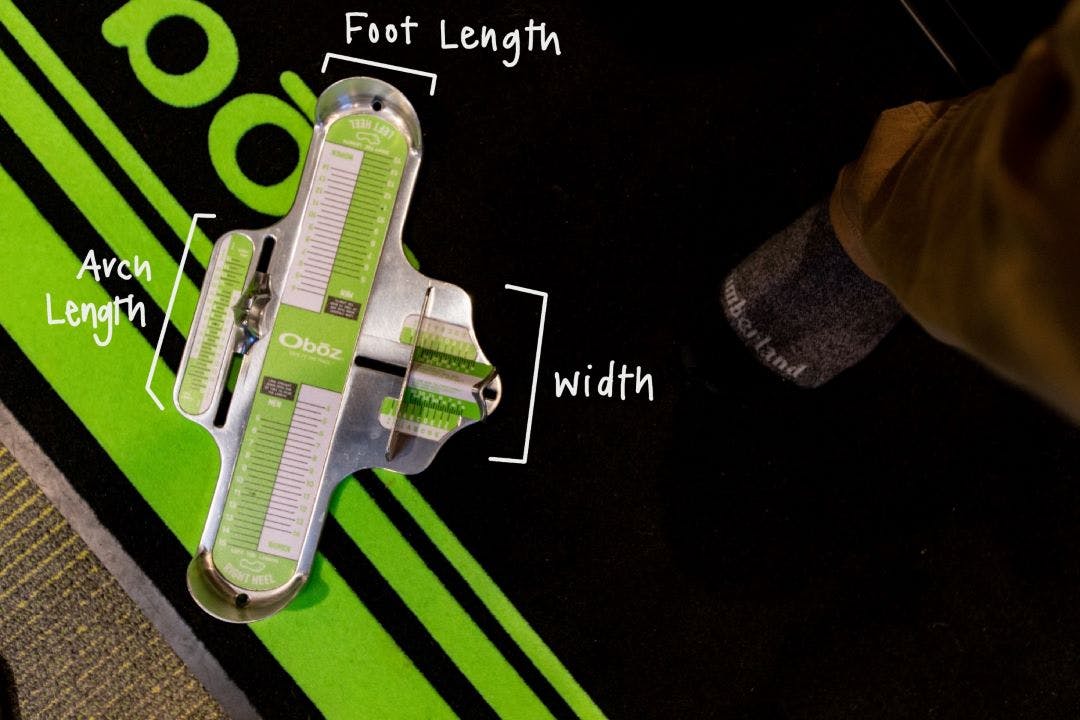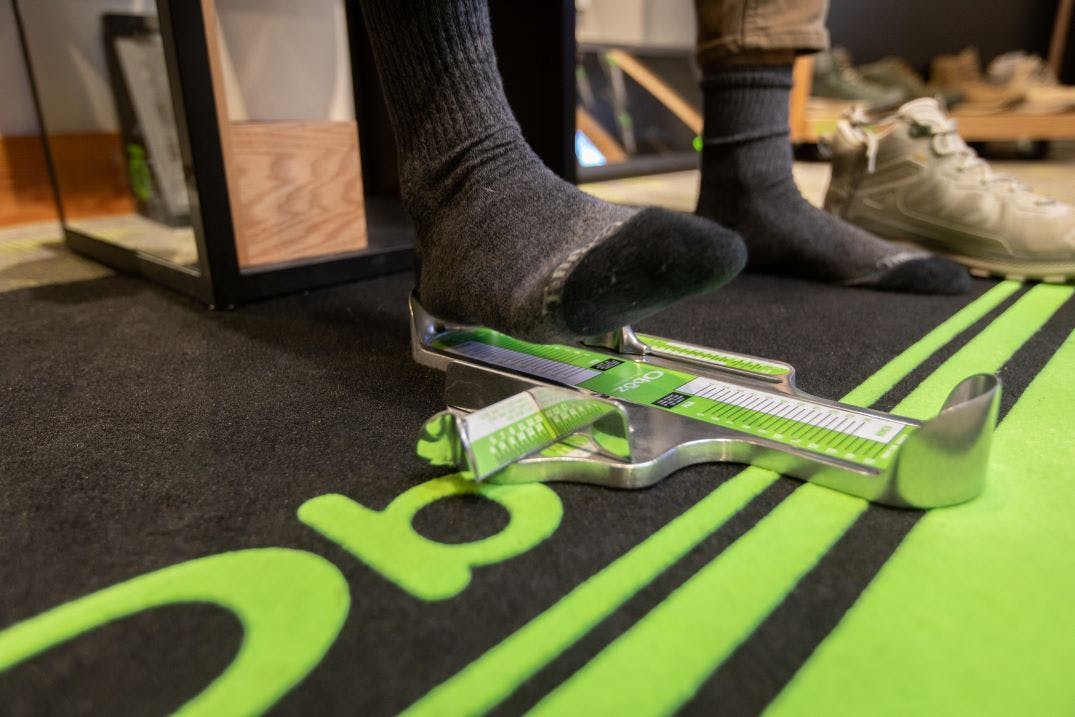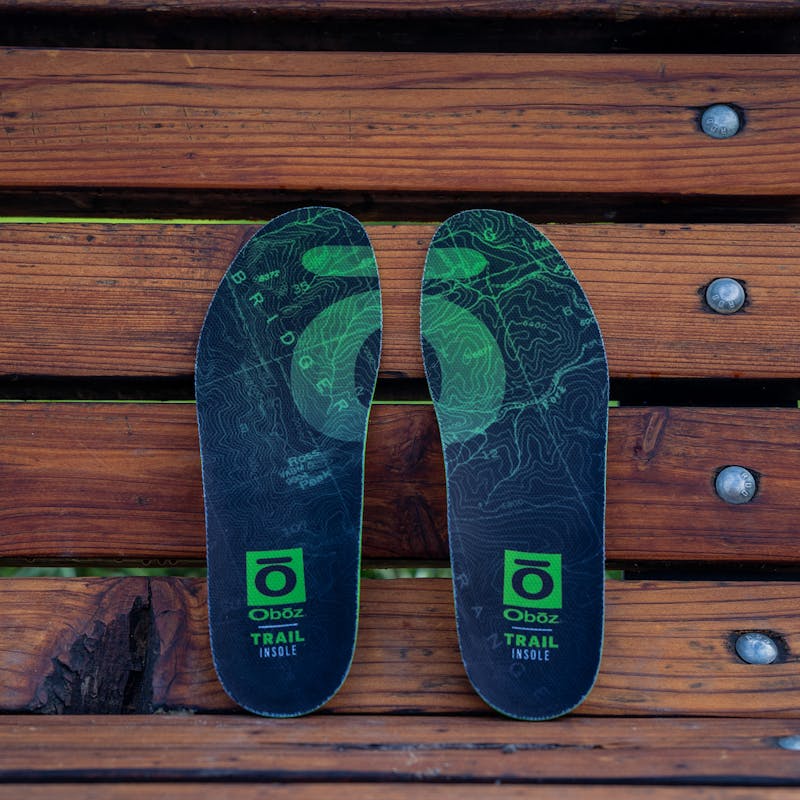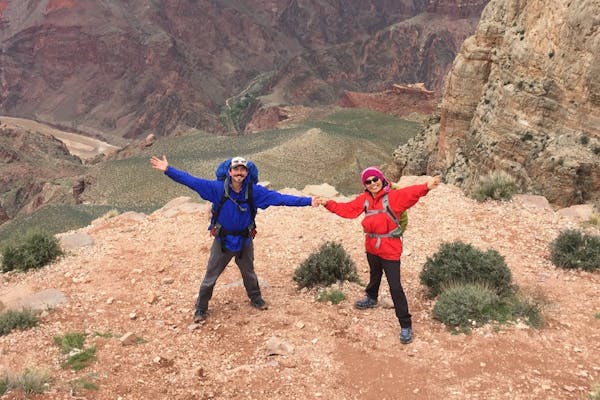When was the last time you had your foot measured?
Finding a comfortable and well fit hiking boot is no walk in the park. After all, preventing uncomfortable blisters, aches, and ankle twists starts with a shoe that fits YOUR foot. With many options to choose from, the right footwear is out there, it's just a matter of finding it. Your boot search can be greatly simplified with the use of a Brannock device.
You’ll need to begin with a question: when is the last time your feet were measured? If your answer is "a long time ago" it's time to re-measure! Your feet change over time; from injury, from experiences, and from age. Using a Brannock device helps determine the best fitting footwear for you.
The Brannock device is a tool that was patented by Charles Brannock in 1927 and is the most accurate tool (with 96% accuracy) in correctly measuring your feet. This device is a testament to the phrase “if it ain’t broke, don’t fit it”. While the Brannock device has been around for a long time, it’s still one of the best, and most simple methods for finding supportive and well-fitting footwear. The Brannock device looks at three key features to help you find the perfect fit: length, width, and arch length.

Don't overlook your arch
The unsung hero of a perfectly fit shoe is arch length. While your foot may fit into a shoe, if your arch isn't properly supported, comfort will be compromised.
Your arch length is the distance from your heel to the bump on the joint (the metatarsal head) of your big toe. It is where your foot flexes when you take a step. Ideally, you want your foot flex to align with where your shoe flexes as you walk. Symptoms of an ill-fitting arch are heel lift, blisters, discomfort, or even chronic conditions such as plantar fasciitis. Knowing your arch length can help prevent such maladies and keep your feet happy no matter where the trail takes you. Supportive insoles like the Trail Insole are designed to support your arch and help prevent injury.

Reading the Brannock Device
For example: A person has a foot length of 7.5, a width between a B and a C, and an arch length of 8.5. Although they will be able to physically fit into a size 7.5 shoe a size 8 may fit more comfortably. A good place to start is to split the difference. In this case, we would suggest trying on a size 8 and a size 8.5. When trying on shoes be sure to check these two indicators:
- There is plenty of room for the toes so there is no contact with the front, top or sides of the shoe.
- The heel is comfortably in place with no heel lift or forward motion and there is no sloppy side-to-side motion.
The perfect fit for this foot
Here is another example with a larger foot. Their left foot measures, 10.5 Length, C/D width, and about 12 on arch length.
In this example, the right foot is a little over 11 in length, C/D width and 12.5 arch length.
Again, where they could fit into a size 11 shoe, they fit much better into a 12. We check our indicator factors and their foot stays in place with a Trail Insole. Lastly, their foot flexes in the proper spot and the shoe feels comfortable.
Now that you've measured your foot using a Brannock device, you'll be able to find the best footwear for you. To learn more about the different Oboz styles check out our Shoe Finder.
To test out a Brannock device for yourself, visit your local Oboz Dealer. To find your shoe fit at home using a more bare-bones method, check out this video with Dave from our Outreach & Training team.
Need more help? Subscribe to our newsletter for fitting tips and Oboz happenings. or check out our other posts on what the perfectly fit shoe feels like.







